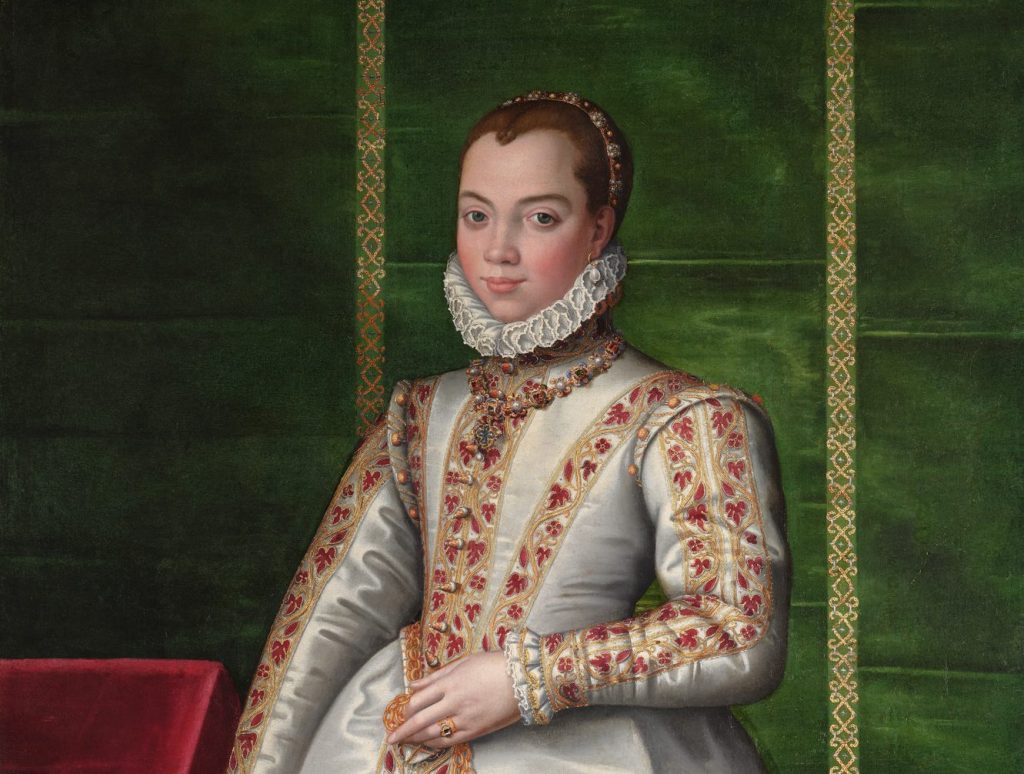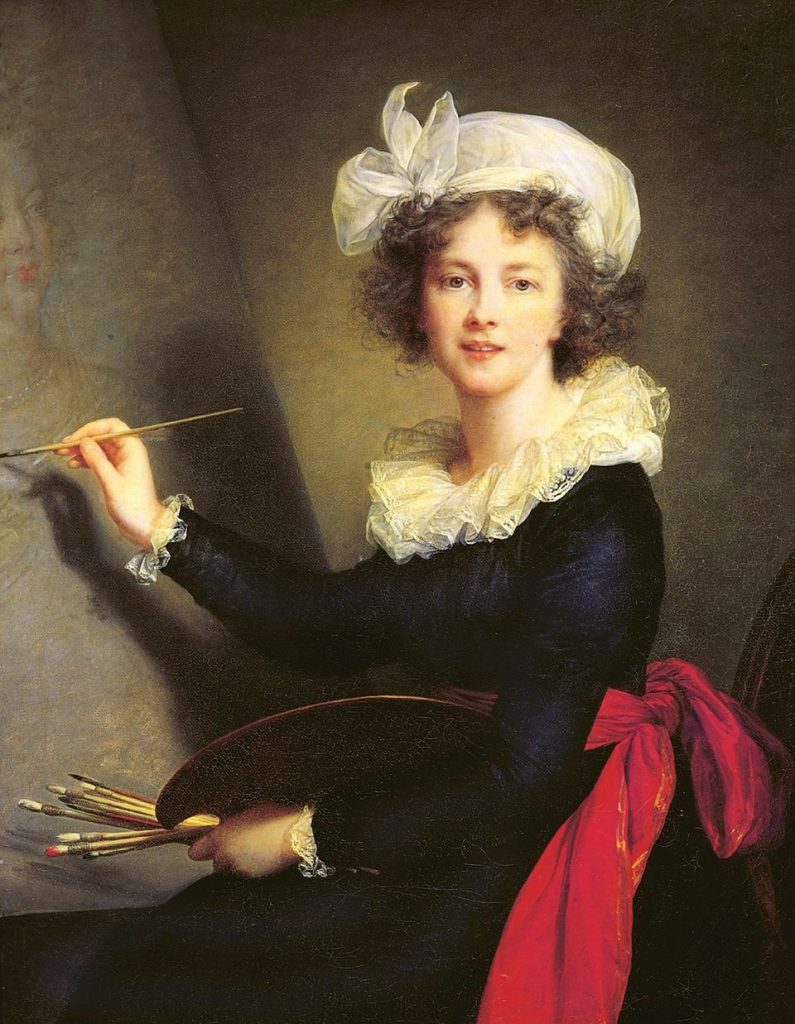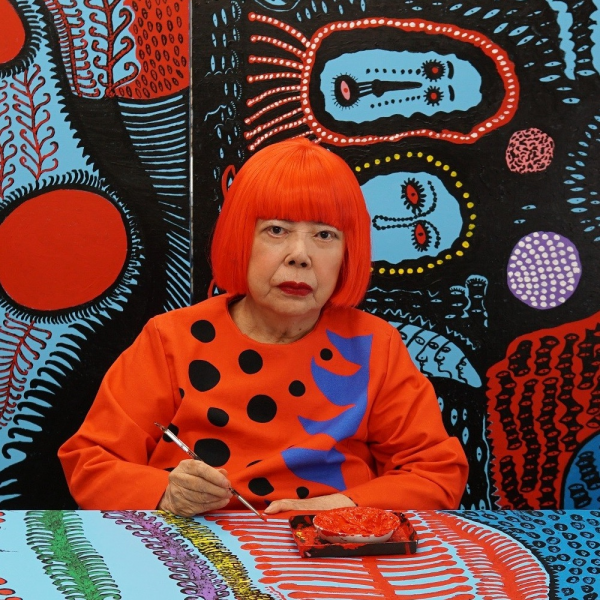
For centuries, women have played a vital yet often overlooked role in the history of art. While male artists like Michelangelo, Picasso, and Van Gogh have dominated textbooks and museum walls, countless talented women worked in the shadows, their contributions ignored or attributed to men. Today, the narrative is changing as art historians and institutions strive to restore balance and give women artists the recognition they deserve.
During the Renaissance, societal norms confined most women to domestic life, and access to artistic training was limited. Despite these barriers, figures like Sofonisba Anguissola and Artemisia Gentileschi emerged as pioneers. Anguissola gained the admiration of Michelangelo himself, while Gentileschi became one of the first women to achieve international success, portraying powerful female figures such as Judith and Susanna with emotional intensity rarely seen in her male contemporaries.
In the 18th and 19th centuries, women like Élisabeth Vigée-Lebrun, the portraitist of Marie Antoinette, and Berthe Morisot, one of the few female Impressionists, challenged gender roles and redefined artistic expression. Their works reflected not only technical mastery but also a unique perspective on femininity, intimacy, and identity.

The 20th century marked a turning point. Frida Kahlo transformed personal suffering into surreal and political art; Georgia O’Keeffe gave nature and form a feminine voice; Louise Bourgeois used sculpture to explore trauma and emotion. Their work opened doors for new generations of women artists who would later define movements in performance art, conceptual art, and digital media.
In recent decades, feminist movements and cultural re-evaluations have propelled initiatives such as the Guerrilla Girls, who exposed gender inequality in major museums, and curators who now actively include women in global exhibitions. Today, artists like Marina Abramović, Yayoi Kusama, and Tracey Emin continue to challenge perceptions of gender, body, and identity.

The story of women in art is one of resilience, talent, and transformation. From being subjects of paintings to becoming their creators, women have redefined the meaning of artistic power. Their presence, once silenced, now echoes across galleries and classrooms, reminding us that art history is not complete until every voice has been seen and heard.
Article written by: Luis M. Antonetti
INSTAGRAM: https://www.instagram.com/fotolibre/
